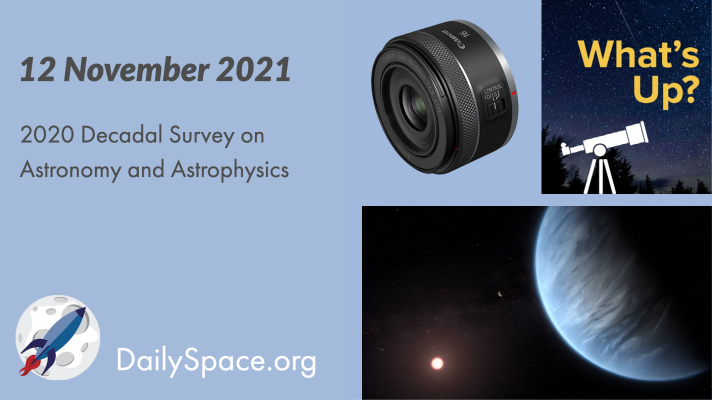
2020 Decadal Survey on Astronomy and Astrophysics
The Decadal Survey was released earlier this month, and we take a look at some of the recommendations. Plus, this week’s What’s Up and a review of the Canon RF 16mm f/2.8 lens.

The Decadal Survey was released earlier this month, and we take a look at some of the recommendations. Plus, this week’s What’s Up and a review of the Canon RF 16mm f/2.8 lens.
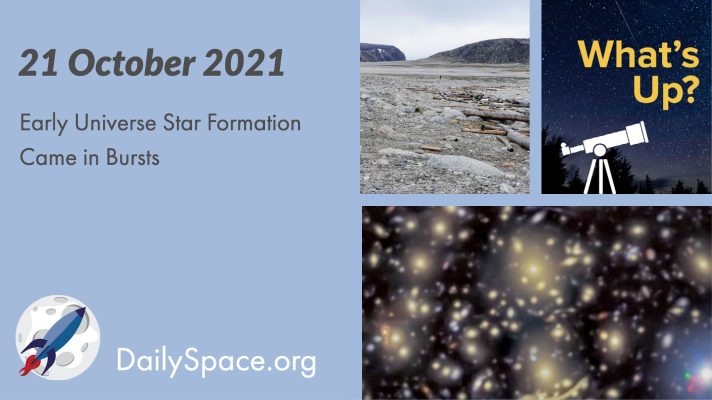
Researchers looked at lensed galaxy systems, searched for nearby analogs to those distant systems, and found that in general, the systems showed signs of bingeing star formation and then quiet lulls. Plus, using tree rings to track Arctic ice changes, and this week’s What’s Up.
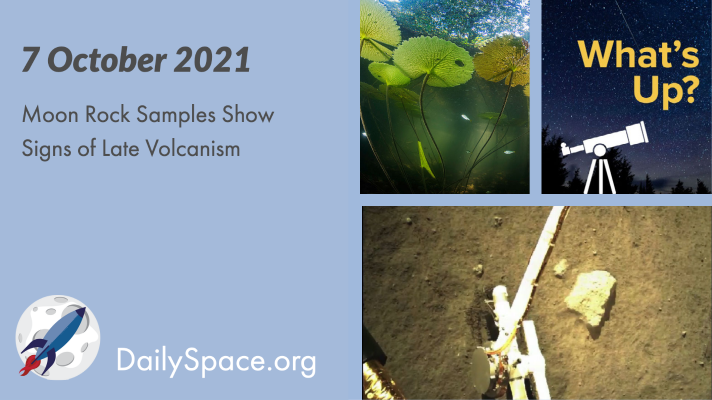
An analysis of the most recent sample taken from the Moon and returned by the Chang’e-5 mission shows that the basaltic rock is about two billion years old. This age implies a previously unknown heat source in the region. Plus, how plants and animals record climate change and this week’s What’s Up.
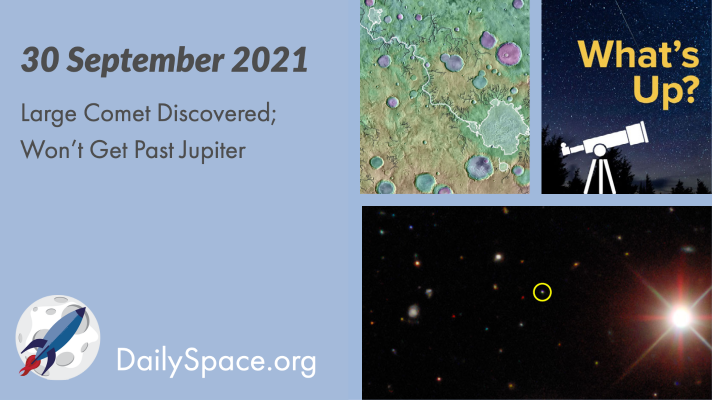
Contrary to recent clickbait headlines, a recently discovered comet that likely originated in the Oort Cloud will not be coming near Earth. The closest point of the icy body’s orbit is between Saturn and Jupiter. Plus, how floods shaped Mars, how microbes helped clover grow, and this week’s What’s Up.

While searching for objects deep in the universe’s history, at about three billion years of age, researchers found six massive but “dead” galaxies in Hubble and ALMA data, a strange finding for a time period known for prolific star birth. Plus, planetary science from the EPSC2021 conference and this week’s What’s Up.
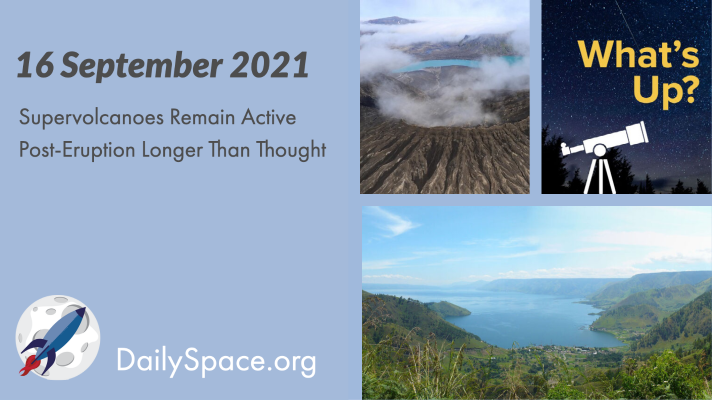
Research into the Toba caldera and its super-eruption 75,000 years ago shows that magma continued to flow out of the volcano for thousands of years after the main eruption event. Plus, magma and volcanoes throughout our solar system as well as our weekly What’s Up segment.